Cimarronaje Cultural
Lilian Lombera Herrera


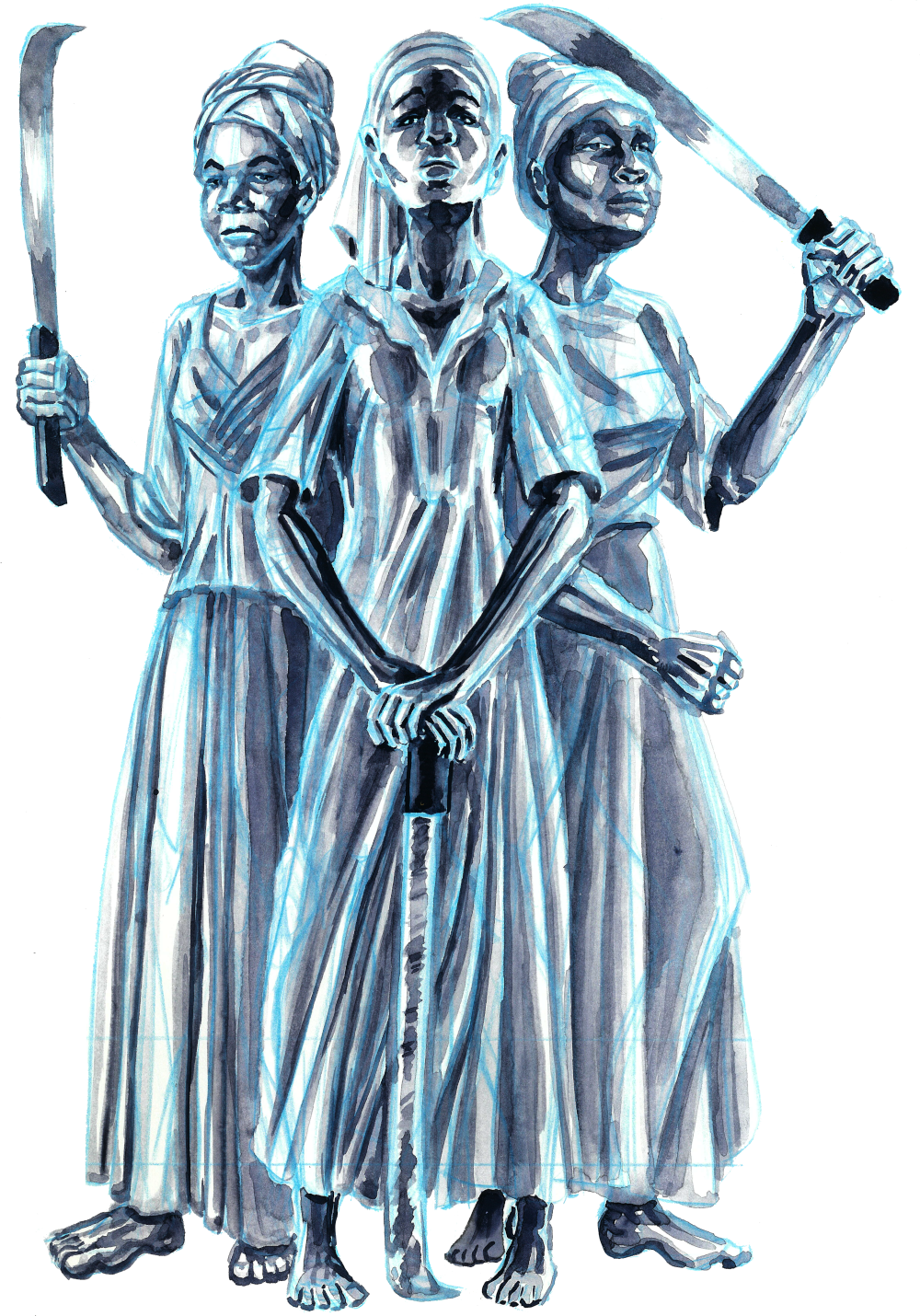
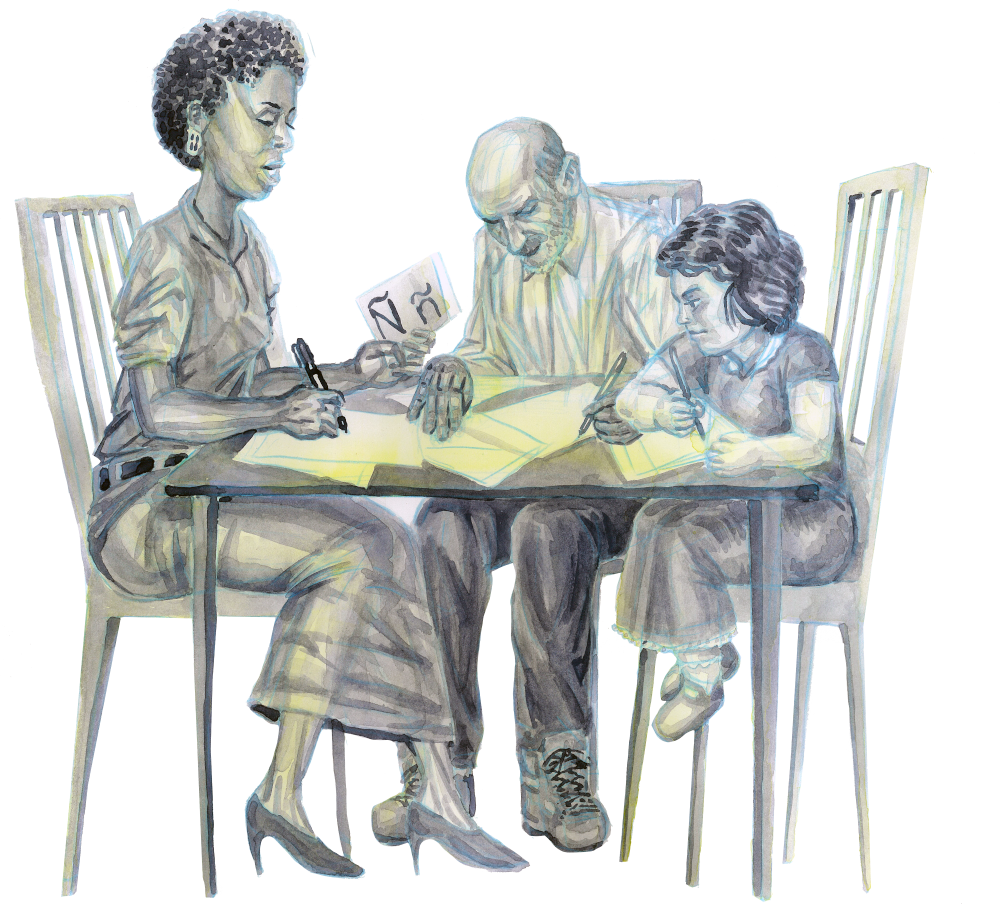
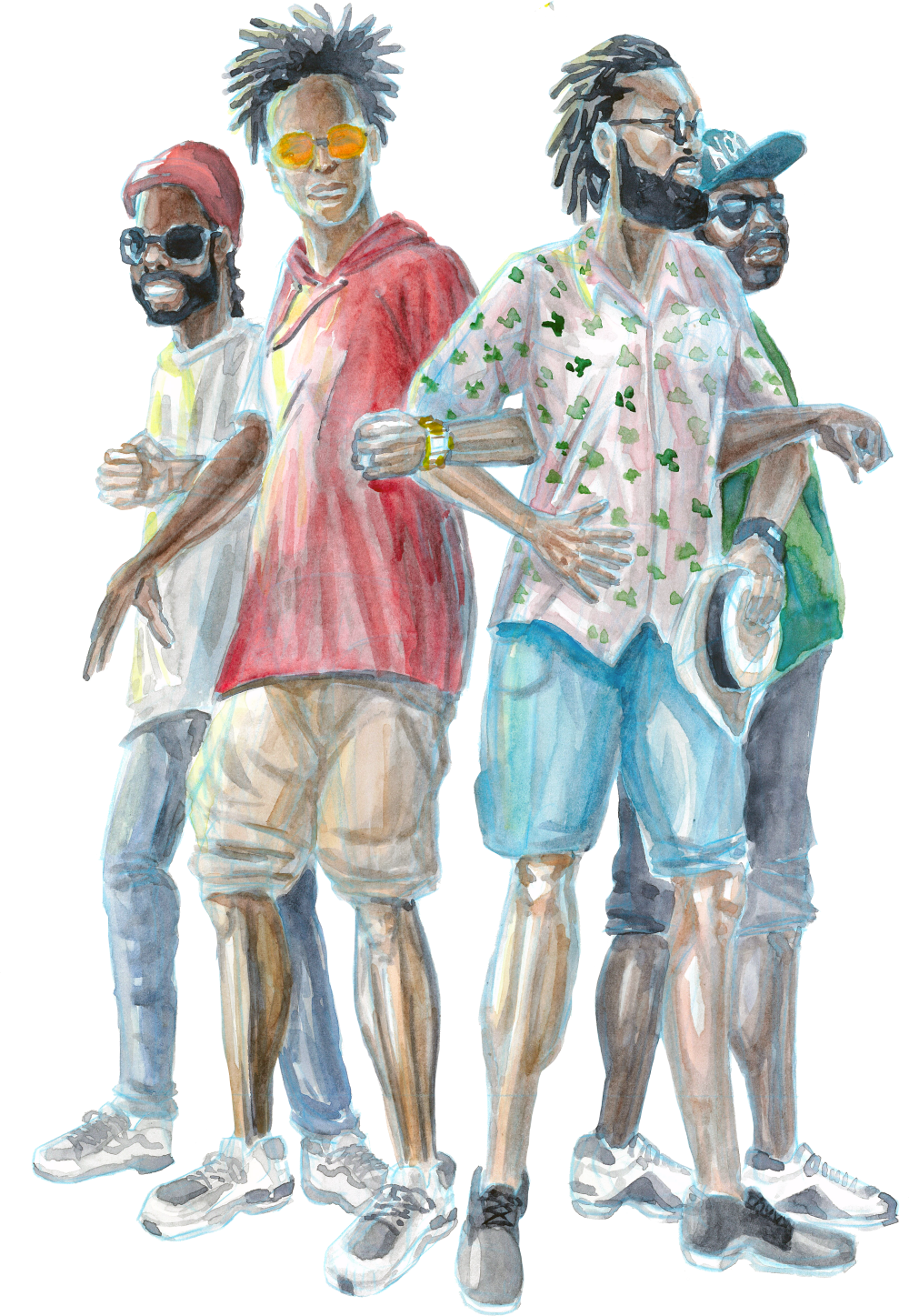
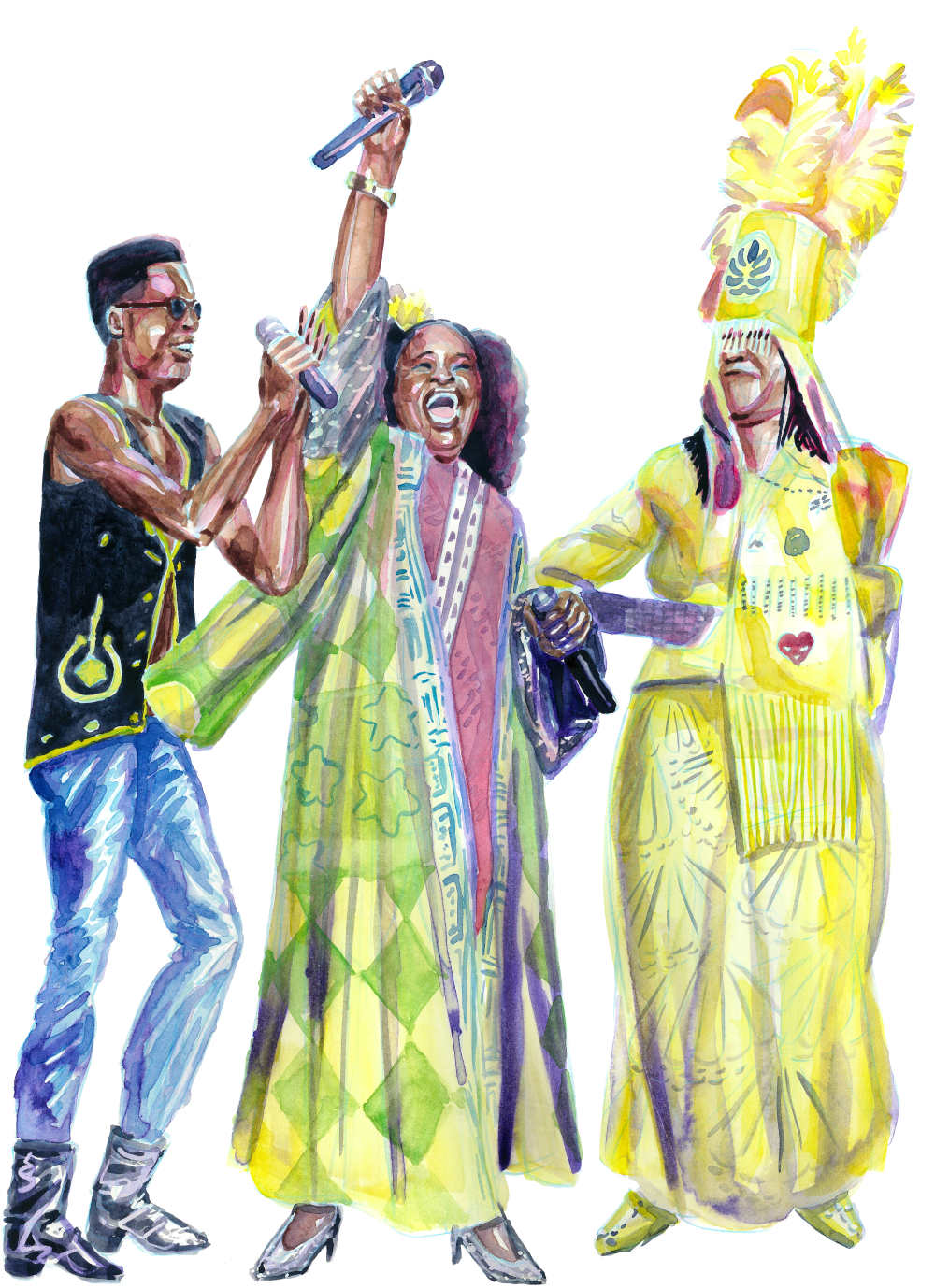

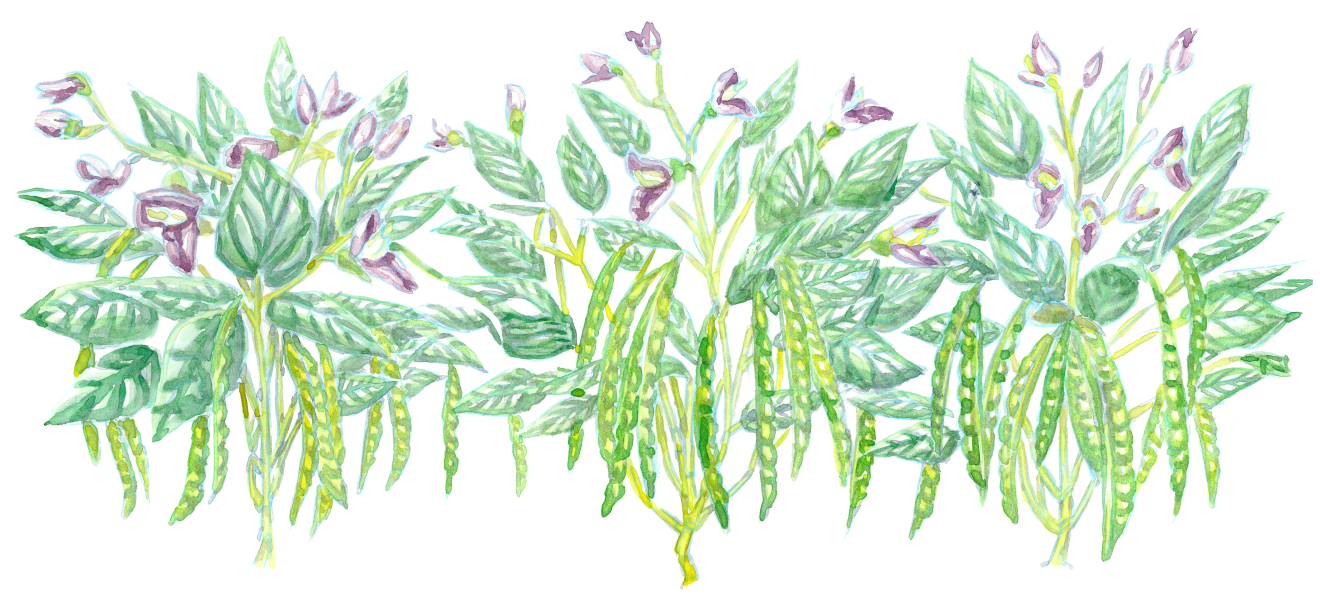
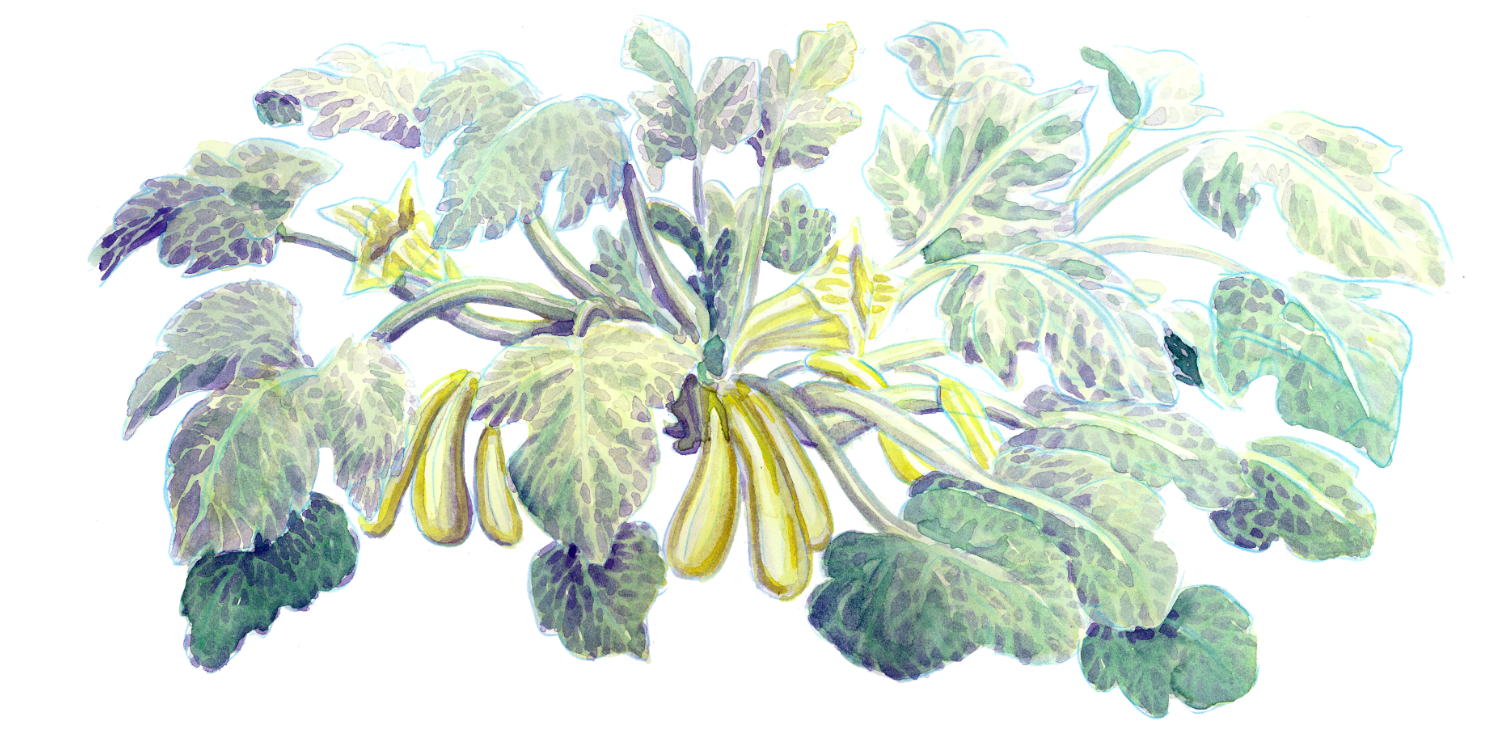
These seeds continue to grow and flourish, “Maestras Voluntarias” is now distributed by Women Makes Movies through a national educational network in the U.S. The film has inspired a new series of short testimonies to trace the memory of those volunteer teachers still alive and reflect on their role in the communities. This series is directed by two Cuban women living in Havana: Hip-Hop artist Magia and journalist Lusmila Lamothe. The goal is to connect teaching experiences in the community with new generations. The cultural and educational exchange organized with Horns to Havana has strengthened collaborations with Trombone Shorty Foundation. In November 2022 the cultural exchange was expanded to work in peripheral areas in Havana where international cultural exchange is more limited and less common. In January 2023 I organized a new educational and cultural exchange between Trombone Shorty students and Cuban students at Guillermo Tomás Music Conservatory in Guanabacoa, a working-class neighborhood connected to the Afro-Cuban cultural traditions, similar to New Orleans’s Treme neighborhood. This program included a full day of workshops, presentations, jam sessions, instrument donations, community lunch, and the collective performance of 50 students (8 from New Orleans, 42 from Cuba) opening the performance for Trombone Shorty and Orleans Avenue at Los Jardines de la Tropical.
Those cultural productions have been created by the communion of many people working, supporting, uplifting, and empowering artists, youth musicians, and communities in both cities. The people behind and collaborating with Horns to Havana, the Literacy Project, Tres Musas Productions, Trombone Shorty Foundation, Cuban Educational Travel, Gia Prima Foundation, Guardians of the Flames Maroon Society, alongside the Mellon Program in Community Engagement have made these cultural exchanges possible. They have been nourishing the soil to allow the three plants sisters to grow in abundance and prosperity. All my gratitude and respect to all of them.
